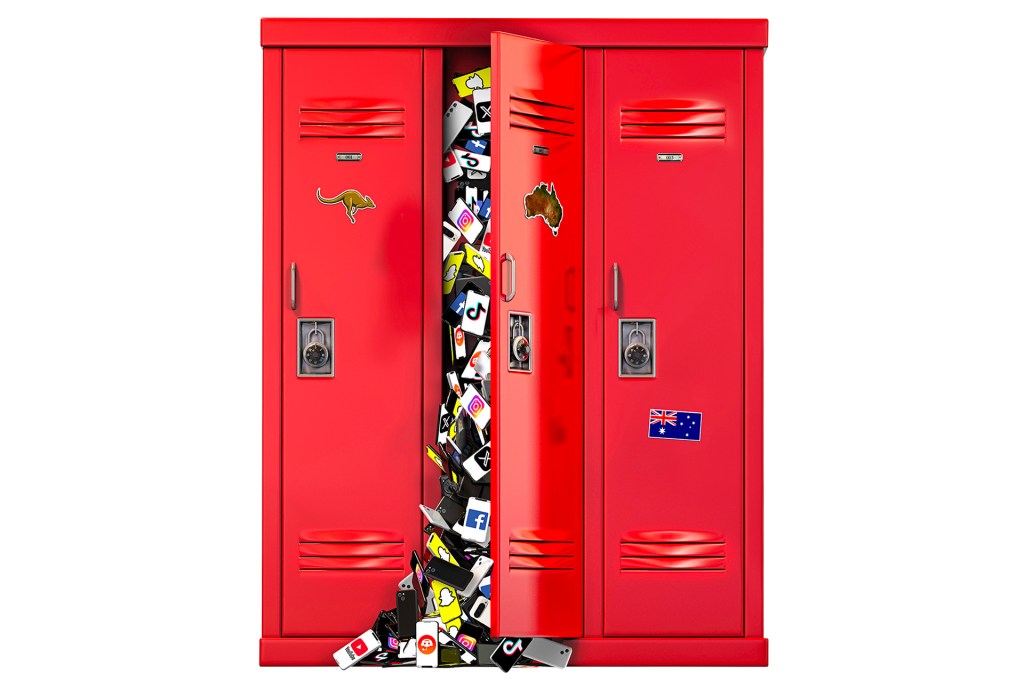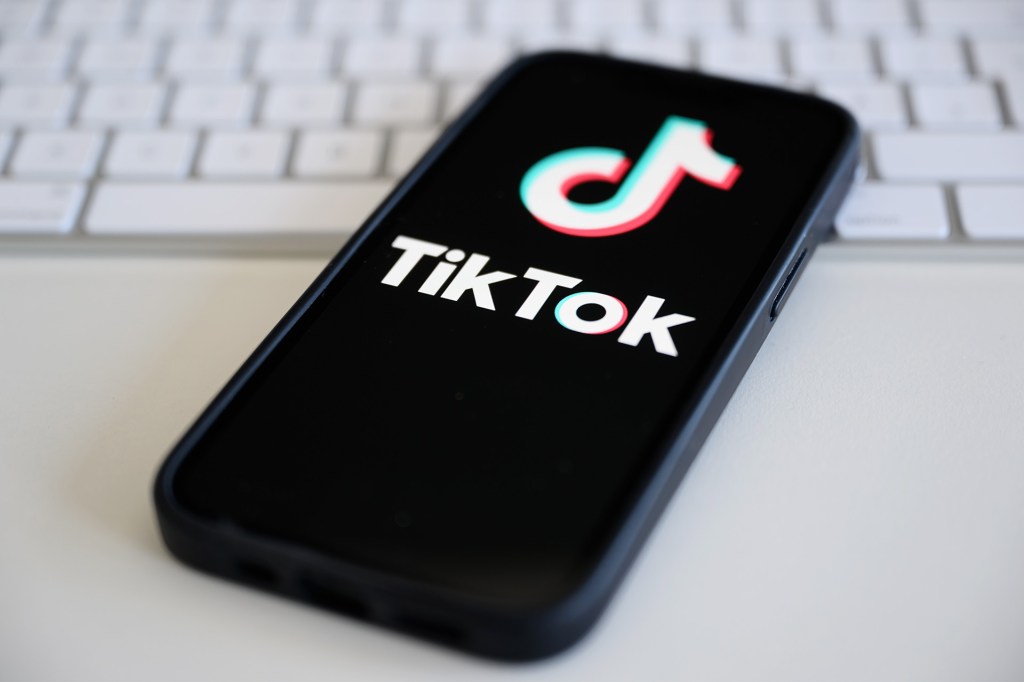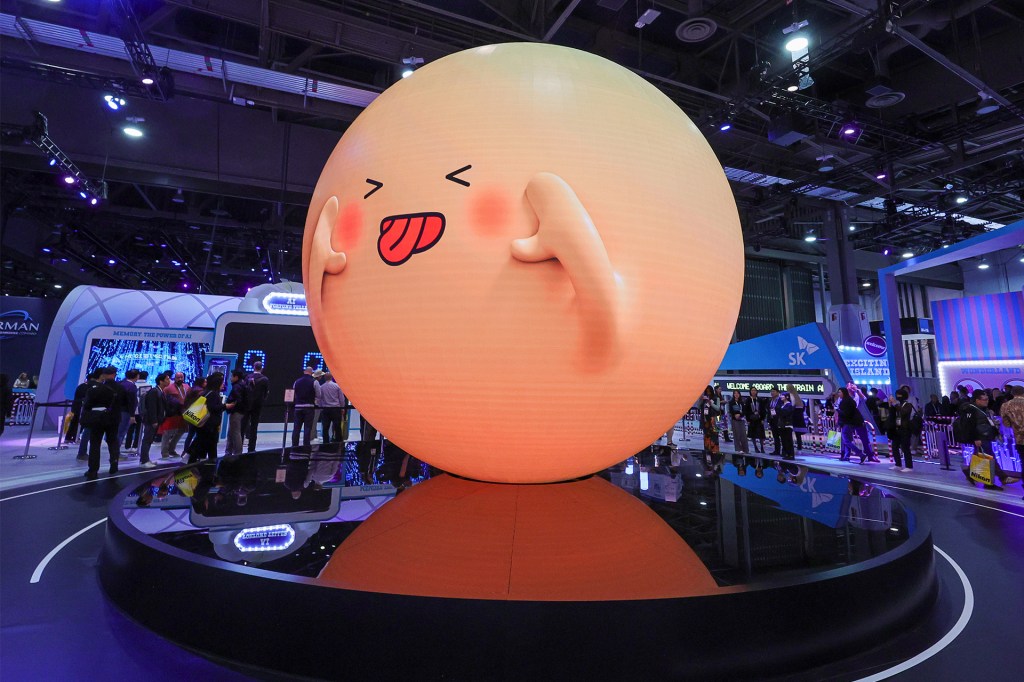Emoji Evolution
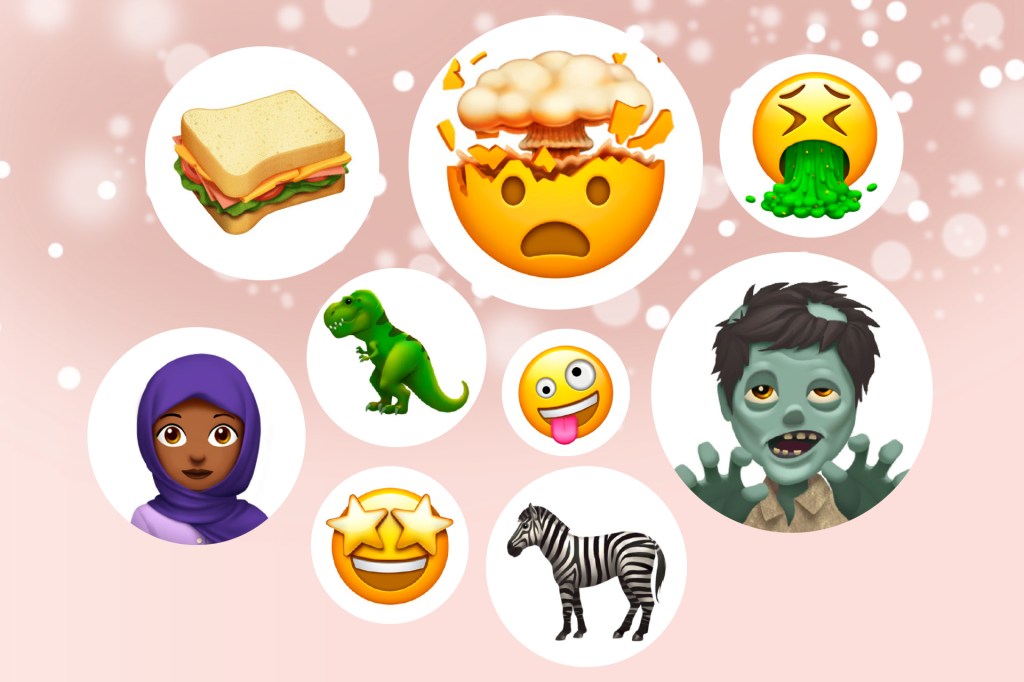
Do you speak emoji? If you use a smartphone, the answer is probably yes.
Emoji is a visual language. It can express ideas and feelings. Are you hungry? Let friends know by sending images of food, like tacos or pizza.
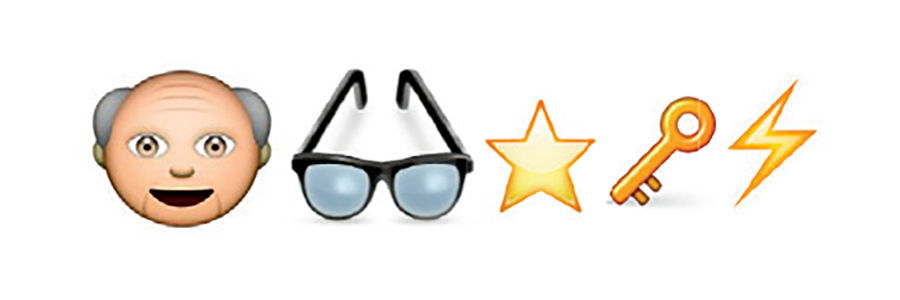
WHAT THEY MEAN Benjamin Franklin discovers the secret of electricity [1752].
Source: emojipedia.org. Using original Apple set.Emoji exist for almost every need. And people use them—a lot. One of the most popular emoji is the “face with tears of joy.” It has been used more than 1.8 billion times (and counting) on Twitter.
Emoji are modern. But the idea is part of a much older tradition. History shows that we’ve used symbols as language for 5,000 years.
Step Back In Time
One of the oldest examples of visual language is Egyptian hieroglyphics. Ancient Egyptians began using language symbols around 3250 B.C., according to John Darnell. He is a professor of Egyptology at Yale University.
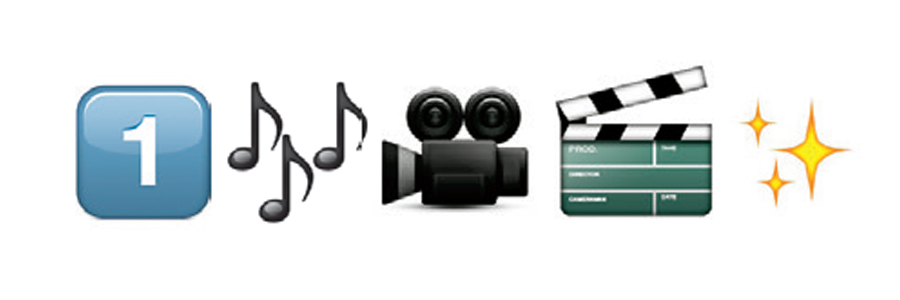
WHAT THEY MEAN Talkies, which are films featuring sound, debut [1927].
Source: emojipedia.org. Using original Apple set.“They thought about future people who would wonder why they did what they did,” Darnell told TFK.
The oldest hieroglyphs show hunters and animals. Later, the images came to represent ideas and words. “They thought about a remote
remote
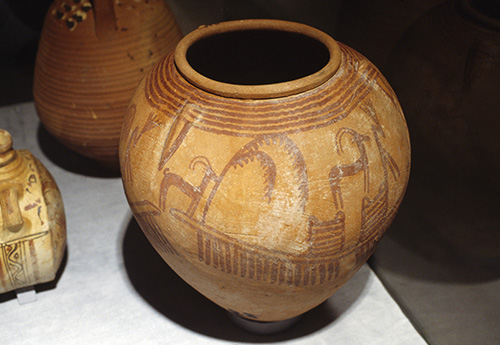 G. SIOEN—DE AGOSTINI/GETTY IMAGES
distant
(adjective)
The object gave people a look at the remote past.
future when their culture might not be living anymore,” Darnell says.
G. SIOEN—DE AGOSTINI/GETTY IMAGES
distant
(adjective)
The object gave people a look at the remote past.
future when their culture might not be living anymore,” Darnell says.
In 1999, the Japanese company NTT Docomo removed a heart icon
icon
![]() WIKIMEDIA COMMONS
a pictorial representation; a symbol
(noun)
Greg texted a pizza icon to tell his friend what he wanted for dinner.
from its mobile system. It lost customers. So Shigetaka Kurita, a designer, found a fix. He put the heart back. And he made 175 more pictures. He called them emoji, the Japanese word for picture characters.
WIKIMEDIA COMMONS
a pictorial representation; a symbol
(noun)
Greg texted a pizza icon to tell his friend what he wanted for dinner.
from its mobile system. It lost customers. So Shigetaka Kurita, a designer, found a fix. He put the heart back. And he made 175 more pictures. He called them emoji, the Japanese word for picture characters.
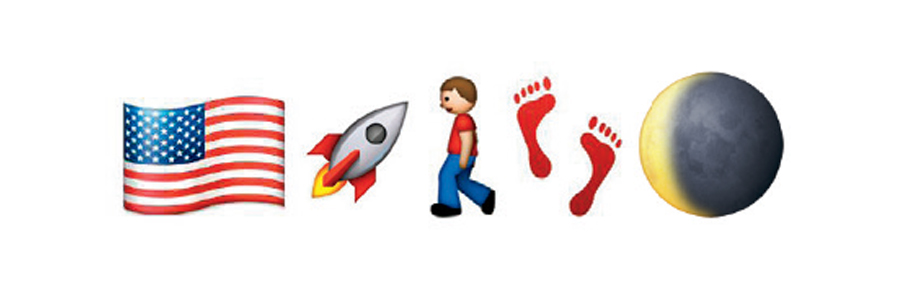
WHAT THEY MEAN American astronauts first walk on the moon [1969].
Source: emojipedia.org. Using original Apple set.Americans first saw the icons when Apple released the iPhone, in 2007. “Once [emoji] became associated with mobile communication, it exploded,” says Paul Galloway. He works at the Museum of Modern Art, in New York City.
Some people still do not see emoji as a language. But Galloway thinks art can close gaps in communication. “In a way, we are returning to the norm
norm
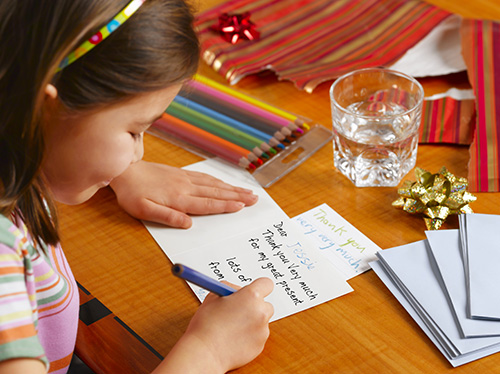 PETER DAZELEY—GETTY IMAGES
a common or typical practice or custom; the usual way of doing things
(noun)
Sending a thank-you note is the norm after receiving a gift.
in how we are using visual components,” he says.
PETER DAZELEY—GETTY IMAGES
a common or typical practice or custom; the usual way of doing things
(noun)
Sending a thank-you note is the norm after receiving a gift.
in how we are using visual components,” he says.





